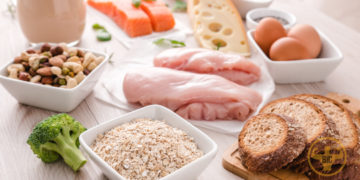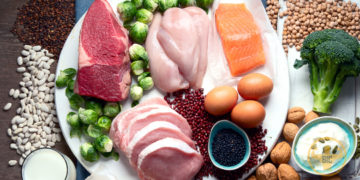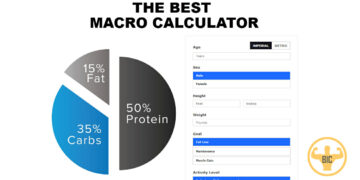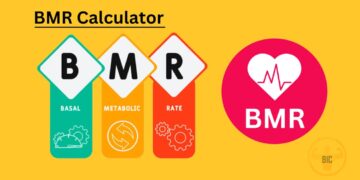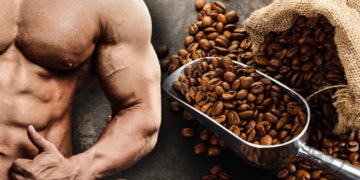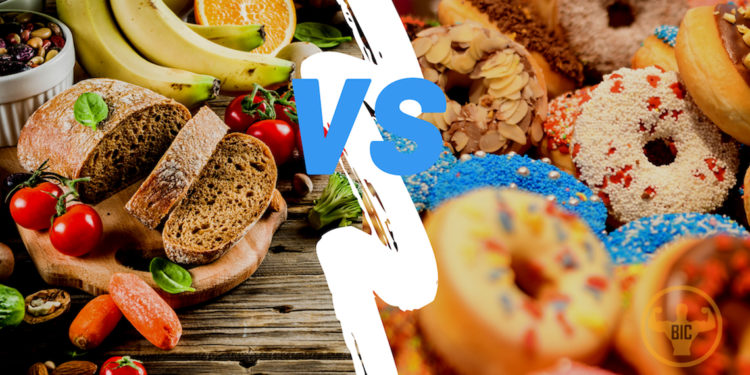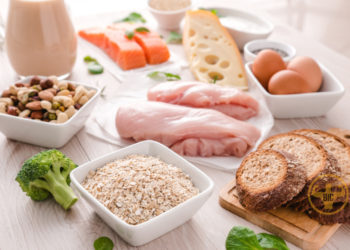If you’re trying to get into shape, then you’ve probably heard about the importance of carbohydrates. But what are good carbs? And more importantly, what are the bad carbs to avoid? In this blog post, we will discuss the best and worst types of carbohydrates. We’ll also provide some tips on how to include healthy carbs in your diet!
The first thing to understand about carbohydrates is that they are one of the three macro-nutrients, along with protein and fat. Carbohydrates are essential for your body to function properly. They are the body’s main source of energy and they help to regulate blood sugar levels.
There are two types of carbohydrates: simple carbs and complex carbs. Simple carbs are made up of sugars, while complex carbs are made up of starches. Both types of carbs can be found in a variety of foods, from fruits and vegetables to grains and dairy products.
So, what are good carbs? The best type of carbohydrate is a complex carbohydrate. Complex carbs are slowly digested by the body, which means that they provide a steady source of energy. They are also high in fiber, which helps to keep you feeling full and satisfied after eating.
Some good examples of complex carbs include:
– Whole grains (e.g. oats, quinoa, brown rice)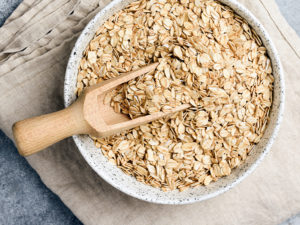
– Starchy vegetables (e.g. potatoes, sweet potatoes, squash)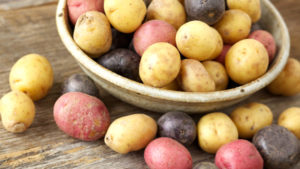
– Legumes (e.g. beans, lentils, chickpeas)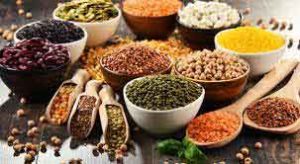
On the other hand, simple carbs are quickly digested by the body and can cause spikes in blood sugar levels. Simple carbs are often found in processed and sugary foods, such as candy, cookies, cakes, fruit, and soda. While simple carbs can provide a quick source of energy, they are not as satisfying as complex carbs and can lead to weight gain if consumed in excess.
Details on Simple Carbohydrates
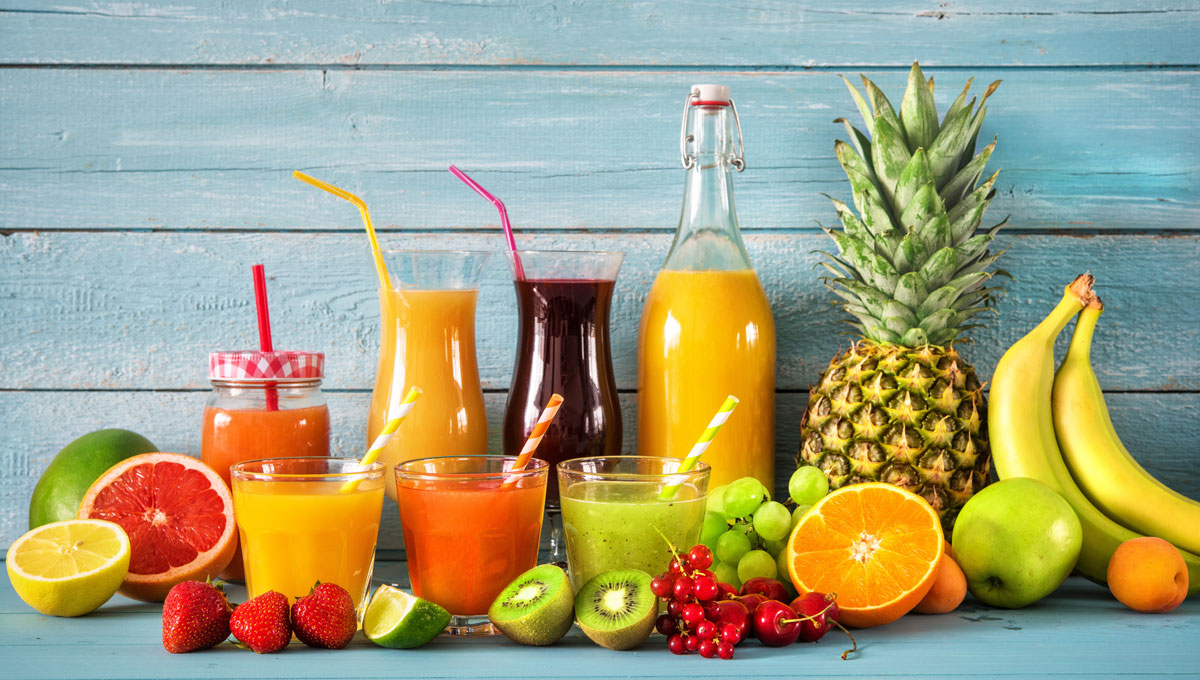
Simple carbohydrates are made up of sugars. These can be natural sugars, such as those found in fruit, or added sugars, such as those found in candy and soda. Simple carbs are quickly digested by the body and can cause spikes in blood sugar levels.
While simple carbs can provide a quick source of energy, they are not as satisfying as complex carbs and can lead to weight gain if consumed in excess. Therefore, it is important to limit your intake of simple carbs and focus on complex carbs when possible.
What to know about blood sugar spikes
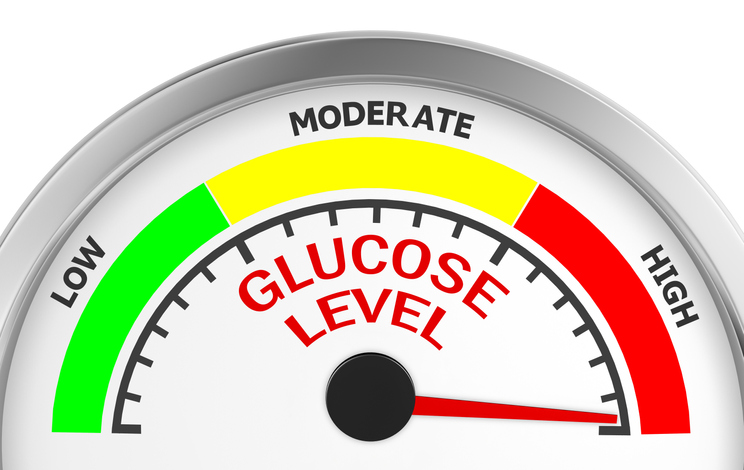
Whenever you eat carbohydrates, your body breaks them down into sugar (glucose) and releases them into the bloodstream. In response to this rise in blood sugar, your pancreas produces insulin, which helps to move the sugar out of the bloodstream and into your cells where it can be used for energy.
If you consume too many simple carbs at once, your body will release more insulin than necessary. This can cause your blood sugar levels to drop too low (a condition known as hypoglycemia), leading to fatigue, anxiety, and irritability. To avoid these symptoms, it is important to limit your intake of simple carbs and focus on complex carbs when possible.
– Simple carbs are quickly digested by the body and can cause spikes in blood sugar levels.
– Simple carbs are often found in processed and sugary foods, such as candy, cookies, cakes, and soda.
– While simple carbs can provide a quick source of energy, they are not as satisfying as complex carbs and can lead to weight gain if consumed in excess.
– Therefore, it is important to limit your intake of simple carbs and focus on complex carbs when possible. By following these tips, you can make sure that you are getting the most out of the carbs you eat and providing your body with the energy it needs. What are good carbs? The best type of carbohydrate is a complex carbohydrate! Complex carbs are slowly digested by the body, which means that they provide a steady source of energy. They are also high in fiber, which helps to keep you feeling full and satisfied after eating. Some good examples of complex carbs.
When is the best time to eat simple carbs?
Simple carbs are best consumed immediately after a workout. This is because your body is more likely to use the sugar for energy rather than storing it as fat. However, be sure to consume simple carbs with some protein to help slow down the digestion process and avoid a blood sugar crash.
Low and high Glycemic index foods
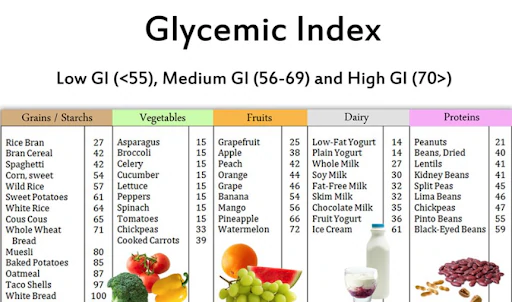
The glycemic index (GI) is a measure of how quickly a food raises your blood sugar levels. Foods with a high GI are more likely to cause spikes in blood sugar, while foods with a low GI are more slowly digested and absorbed, leading to steadier blood sugar levels.
If you have diabetes or are trying to manage your weight, it is important to choose foods with a low GI. Some examples of low GI foods include:
– Beans and legumes
– Whole grains
– Nuts and seeds
On the other hand, if you are trying to increase your energy levels or build muscle, you may want to choose foods with a high GI. Some examples of high GI foods include:
– White bread
– White rice
– Pastries and sweets
– Sugary drinks
– Fruit
At the end of the day, the best way to choose carbs is to focus on complex carbs, limit your intake of simple carbs, and pay attention to the glycemic index of the foods you eat. By following these tips, you can make sure that you are getting the most out of the carbs you eat and providing your body with the energy it needs.
What is the best time of day to cut carbs?
There is no one-size-fits-all answer to this question, as the best time of day to cut carbs will depend on your individual goals. If you are trying to lose weight, you may want to limit your carb intake in the evening, as this is when most people tend to overeat. On the other hand, if you are trying to increase your energy levels or build muscle, you may want to consume carbs earlier in the day. Ultimately, the best time of day to cut carbs will depend on your unique circumstances and goals. experiment with different times and see what works best for you!
Conclusion
To sum up, complex carbs are the best type of carbohydrate for your body. They provide a steady source of energy and are high in fiber, which helps to keep you feeling full after eating. Simple carbs should be limited in your diet as they can cause spikes in blood sugar levels. When choosing carbohydrates, opt for complex carbs like whole grains, starchy vegetables, and legumes. This will help you reach your fitness goals! Thanks for reading! We hope this blog post was helpful! If you have any questions or comments, please feel free to leave them below! And be sure to check back for more blog posts like this in the future!











